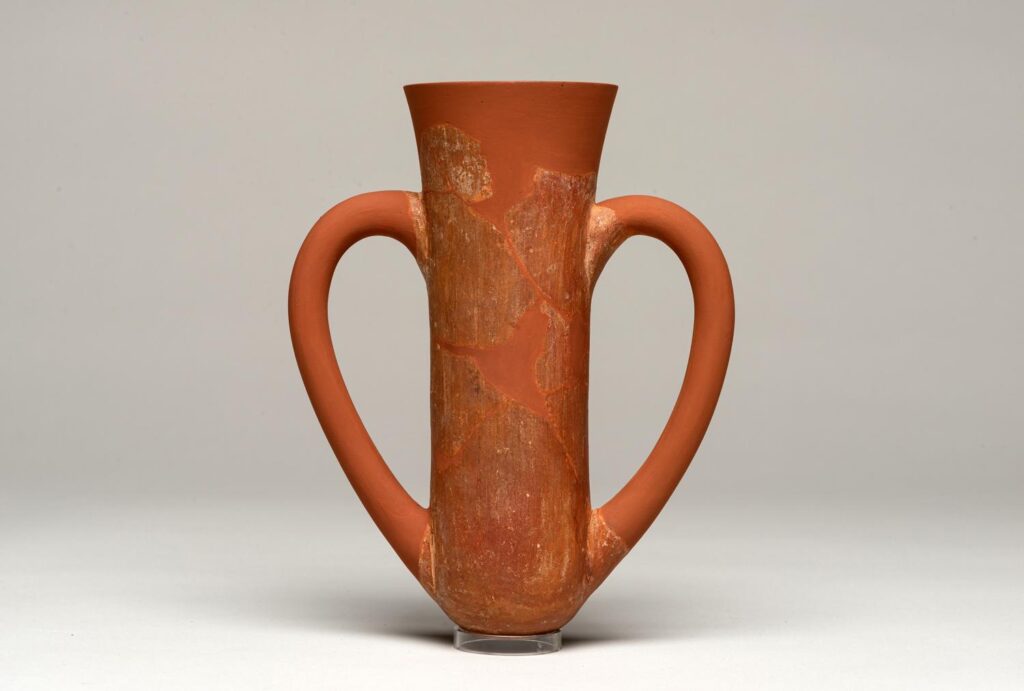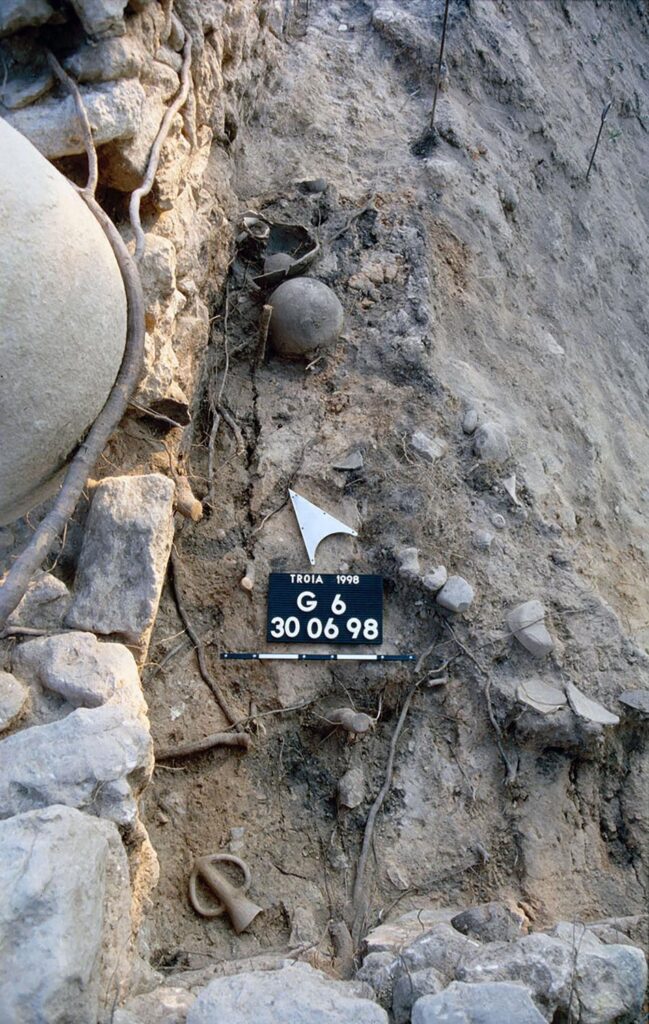
In Troy, Wine Was a Drink for the Common People, Not Just the Elite
In the Ancient City of Troy, where legends and realities intertwine through thousands of years of history, the belief that wine was a luxury drink exclusive to the elite has been radically changed by a scientific study. A collaborative effort by archaeologists from the Universities of Tübingen, Bonn, and Jena has proven that wine was widely consumed by ordinary Trojans during the Bronze Age. These striking findings, to be published in the April issue of the American Journal of Archaeology, will shed new light on the social life of ancient Troy.
From Homer’s Iliad to the Archaeological Laboratory: Following the Trail of Wine
Scenes in Homer’s Iliad depicting gods drinking nectar highlight how valuable a beverage wine was in ancient times. Particularly, the “depas amphikypellon,” a two-handled, pointed-base clay drinking cup, was frequently found in and around Troy. Archaeologist Heinrich Schliemann’s conjecture that these cups were passed from hand to hand during ceremonies is now supported by scientific evidence.

Chemical Analyses Shed Light on History:
Chemical analyses conducted by Maxime Rageot of the University of Bonn have definitively revealed wine residues in these cups. The presence of succinic and pyruvic acids, formed by the fermentation of grape juice, was detected in samples analyzed using gas chromatography and mass spectrometry. This finding proves that depas cups were not merely ornamental but were also used for drinking wine.
Elites and the Common People: The Social Dimension of Wine:
In the Bronze Age, wine was a luxurious and expensive beverage. The discovery of depas cups in temple and palace complexes reinforced the idea that wine was consumed in elite circles. However, as Dr. Stephan Blum of the University of Tübingen stated, “We also chemically analyzed ordinary vessels found in Troy’s outer settlement and thus outside the citadel. These vessels also contained wine.” This discovery shows that wine was a daily beverage for ordinary people as well as the elite.

A New Chapter in Trojan Research:
As Professor Dr. Karla Pollmann, Rector of the University of Tübingen, emphasized, “Trojan research has a long tradition at the University of Tübingen, and we are very happy to add another piece to the puzzle that reveals the picture of Troy.” The Troy excavations, conducted under the leadership of the University of Tübingen between 1987 and 2012, continue to illuminate the secrets of the ancient city. This latest discovery provides significant information about the social and economic structure of Troy.
The Question of Wine Consumption in Early Bronze Age Troy: Organic Residue Analysis and the Depas amphekypellon”. Stephan W.E. Blum, Maxime Rageot, Tobias Mühlenbruch. American Journal of Archaeology, Vol 129, Number 2, April 2025. https://doi.org/10.1086/734061
You may also like
- A 1700-year-old statue of Pan unearthed during the excavations at Polyeuktos in İstanbul
- The granary was found in the ancient city of Sebaste, founded by the first Roman emperor Augustus
- Donalar Kale Kapı Rock Tomb or Donalar Rock Tomb
- Theater emerges as works continue in ancient city of Perinthos
- Urartian King Argishti’s bronze shield revealed the name of an unknown country
- The religious center of Lycia, the ancient city of Letoon
- Who were the Luwians?
- A new study brings a fresh perspective on the Anatolian origin of the Indo-European languages
- Perhaps the oldest thermal treatment center in the world, which has been in continuous use for 2000 years -Basilica Therma Roman Bath or King’s Daughter-
- The largest synagogue of the ancient world, located in the ancient city of Sardis, is being restored











Leave a Reply